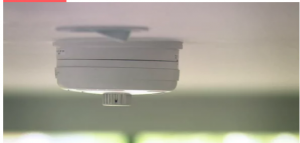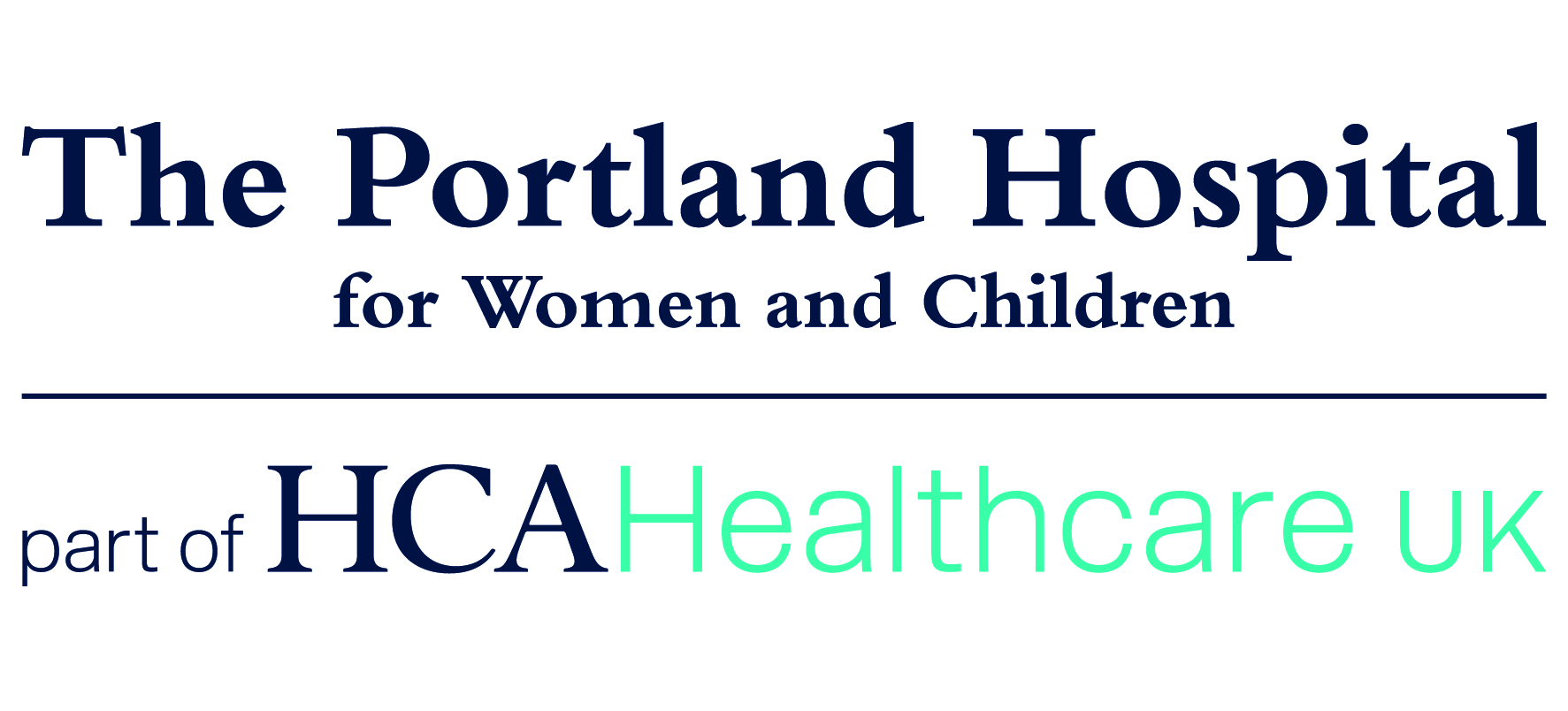Yes – your child is more vulnerable to smoke inhalation and carbon monoxide poisoning that you are and you need an early warning system so you can get them out of the house.
House fires cause 300,000 deaths around the world each year. Smoke inhalation is what tends to kill children trapped in a house fire. However, carbon monoxide is also deadly. Carbon monoxide, the ‘silent killer’ is also deadly it can’t be seen, smelled or tasted and most smoke alarms don’t detect it. If there is carbon monoxide in your home and you don’t have an alarm, chances are that you will not know about it and this could cause a silent death.
The following information is taken directly from the Fire Service website – http://www.fireservice.co.uk.
Have a look – since it is very likely they can help you with all your smoke alarm needs.
“Most, if not all fire and rescue services offer what is commonly known as a Safe and Well visit, some fire and rescues may still call them Home Fire Risk Assessments or Home Fire Safety Checks. They can sound daunting to many people, especially the elderly. However, this page will explain what they entail and how you can go about arranging to have one carried out.
A Safe and Well visit consists of members of your local fire and rescue service visiting your home, at a time convenient to yourself, to carry out an inspection of your home. The visit may be carried out by firefighters who are operational, so don’t be surprised if a fire engine arrives at your home. Alternatively the visit can be conducted by a dedicated safety team from your local fire and rescue service. You do however need to be aware that a fire appliance can be called away at a moment’s notice as it is still part of operational resources within your area. They will of course call back, or arrange another date and time if needed. Safe and Well visits are completely free and you may be eligible for free smoke alarms to be fitted were required. You will not be sold anything.”
Click for further information – http://www.fireservice.co.uk/safety/
Carbon monoxide (CO) is a byproduct of incomplete burning of heating fuels such as oil, gas, wood, charcoal, liquid petroleum gas, coal, or petrol. It can be produced by a BBQ or a camping cooker or in your home if an appliance is incorrectly fitted or repaired or poorly maintained. If chimneys, vents or flues are blocked this can reduce the efficiency of appliances and lead to the build-up of carbon monoxide.
Carbon monoxide (CO) is a byproduct of incomplete burning of heating fuels such as oil, gas, wood, charcoal, liquid petroleum gas, coal, or petrol. It can be produced by a BBQ or a camping cooker or in your home if an appliance is incorrectly fitted or repaired or poorly maintained. If chimneys, vents or flues are blocked this can reduce the efficiency of appliances and lead to the build-up of carbon monoxide.
Carbon Monoxide starves your body of oxygen by binding onto the haemoglobin in your blood. If someone is exposed to high levels of carbon monoxide, they can die within a couple of minutes. Children are more vulnerable than adults to carbon monoxide poisoning.
When carbon monoxide binds to haemoglobin it is a cherry red colour (oxygenated blood is red and gives us a healthy pink glow). People poisoned by carbon monoxide will look cherry red rather than pale and blue, which is deceptive.

Each year the UK Fire Service is called to 600,000 fires which result in more than 17,000 injuries and tragically over 800 deaths.
There are 140 house fires a day which kill 500 people each year. Many of these fires could have been prevented if a smoke alarm had given early warning. You and your children are two times more likely to die in a house fire if there is no alarm there than a house fire with an alarm.
Buy a fire alarm that has a kite mark and meets BS 5446 Part 1 standard (for the UK).
Ideally, you need to fit an alarm in every room except the kitchen, bathroom and garage (where the alarm will be tripped constantly). If you have electrical items in your bedrooms you need alarms here too. If you have a flat or one storey house you could have one optical alarm in the hallway between the sleeping and living areas.
Fit an audible carbon monoxide alarm in every room where there’s a fuel-burning appliance.
Make sure that all boilers, stoves and fires are regularly cleaned (chimneys swept etc.), and serviced by a Gas Safe Registered Engineer and also ask your engineer to check that all appliances are well ventilated.
If you are burning fuel that produces ash, remove it every day so it doesn’t build and block vents. If you have a wood burning stove it is vital that you make sure it is correctly fitted, well ventilated and gets serviced frequently.
Mild symptoms of carbon monoxide poisoning can be hard to spot:
A big warning sign is if these symptoms only happen at home and then you feel better away from the house. Also if the symptoms are being shared by other family members, neighbours, flatmates or even pets (with their little lungs)…get all appliances checked immediately.
For a list of useful contact details for The Portland Hospital, please click HERE.
